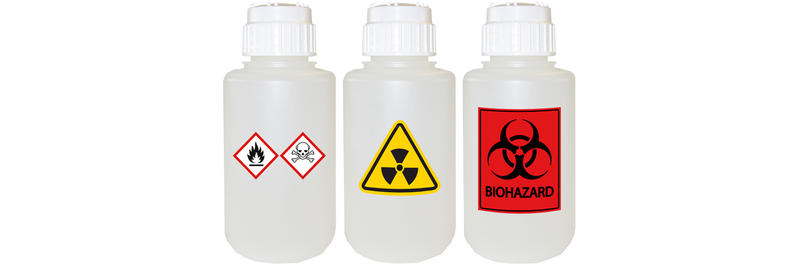The Ultimate Guide To Reclaim Waste
The Ultimate Guide To Reclaim Waste
Blog Article
What Does Reclaim Waste Do?
Table of Contents6 Simple Techniques For Reclaim WasteExcitement About Reclaim WasteHow Reclaim Waste can Save You Time, Stress, and Money.The Facts About Reclaim Waste UncoveredFacts About Reclaim Waste Uncovered
Domestic sewer waste refers to the waste and items from a residential septic tank. The correct management and disposal of residential sewer waste need liquid waste to be transferred to a sewer therapy plant where the appropriate approaches and tools are used to detoxify and dispose of waste.
Commercial waste usually includes prospective dangers, such as flammable materials or a mixture of fluid and strong waste items, and requires an advanced and thorough disposal process. The disposal of commercial waste normally includes the filtration of waste prior to transport to guarantee risk-free and correct disposal. Hazardous waste is developed from results and drainage of industrial processes and manufacturing.
This type of waste can not make use of the same sewer monitoring transportation or processes as septic or business fluids. The hazardous waste management procedure requires the inspection and testing of liquid waste prior to it undertakes the disposal process (industrial wastewater treatment). Runoff waste is the fluid waste that originates from runoff and excess stormwater in extremely populated locations or cities
Runoff waste can cause contamination and flooding if not dealt with effectively. Guaranteeing proper waste administration can avoid disasters and reduce environmental injury.
The smart Trick of Reclaim Waste That Nobody is Discussing
Contact PROS Solutions today to discover our waste monitoring and disposal services and the appropriate ways to take care of the liquid waste you produce.
(https://www.callupcontact.com/b/businessprofile/Reclaim_Waste/9368278)Do you understand what takes place to your water when you disengage, flush the commode or drain pipes the washing maker? No? Well, it deserves understanding. This so-called 'wastewater' is not just a vital resource however, after therapy, will be released to our land, waterways or the sea. Made use of water from commodes, showers, bathrooms, kitchen area sinks, washings and industrial processes is called wastewater.

water made use of to cool machinery or clean plant and equipment). Stormwater, a type of wastewater, is runoff that moves from farming and city areas such as roofings, parks, yards, roadways, paths and seamless gutters into stormwater drains, after rain. Stormwater streams without treatment straight to regional creeks or rivers, at some point getting to the sea.
4 Simple Techniques For Reclaim Waste
In Queensland, a lot of wastewater is treated at sewer treatment plants. Wastewater is delivered from domestic or industrial sites with a system of drains and pump terminals, called sewerage reticulation, to a sewer therapy plant. Regional federal governments build, maintain and operate most sewage treatment plants. Operators are certified under the Environmental Management Act 1994 to discharge cured wastewater at an acceptable environmental standard right into waterways.
The Department of Natural Resources advises neighborhood federal governments concerning managing, operating and preserving sewage systems and therapy plants. In unsewered areas, city governments may require homeowners to install individual or house sewage therapy systems to deal with residential wastewater from bathrooms, kitchen areas, shower rooms and laundries. The Division of Natural Resources authorises making use of family systems when they are proven to be effective.
In some new neighborhoods, therapy of some stormwater to get rid of clutter, sand and crushed rock has begun making use of gross toxin traps. Wastewater treatment happens in four stages: Gets rid of solid matter.
Utilizes tiny living microorganisms recognizes as micro-organisms to break down and remove staying liquified wastes and fine fragments. Micro-organisms and wastes are integrated in the sludge.
Some Known Questions About Reclaim Waste.
Nutrient elimination is not readily available at all sewer treatment plants since it needs costly specialist tools. Clear fluid effluent created after therapy might still include disease-causing micro-organisms - liquid waste disposal melbourne.

Many wastewater flows into the sewerage system. Under the Act, neighborhood governments administer authorizations and licences for eco pertinent tasks (Ages) including wastewater launches that might have a local impact.
The 2-Minute Rule for Reclaim Waste
Or else, examples are considered lab evaluation. Typically lots of tests are required to develop the levels of each of the various toxins such as oils, heavy metals and pesticides in water. Surveillance provides valid details concerning water high quality and can validate that permit conditions are being fulfilled. The details gotten with surveillance provides the basis for making water quality decisions.
Report this page